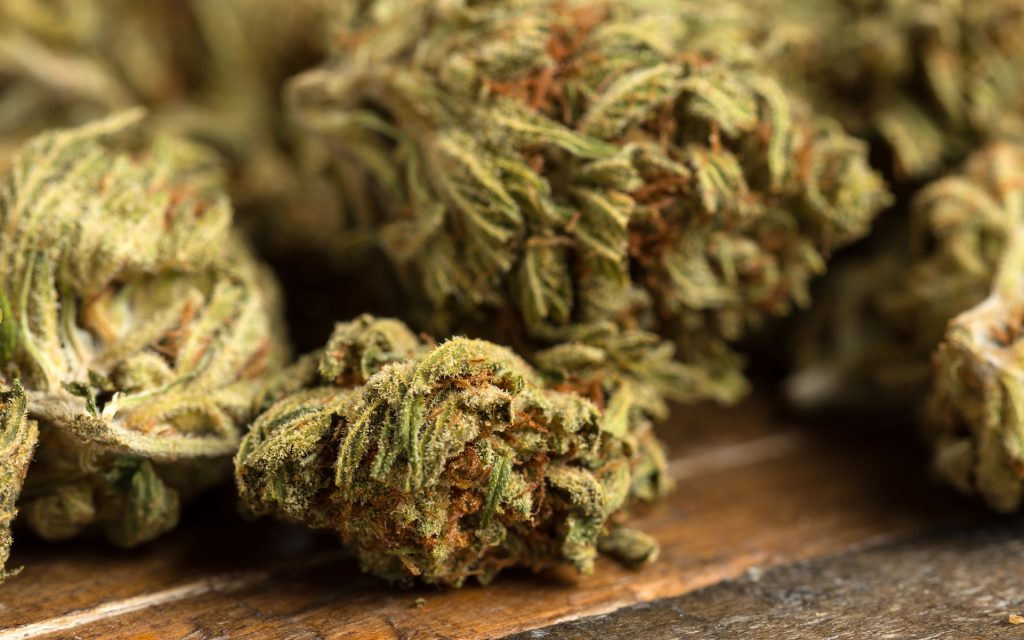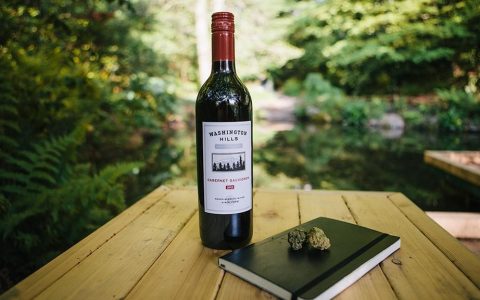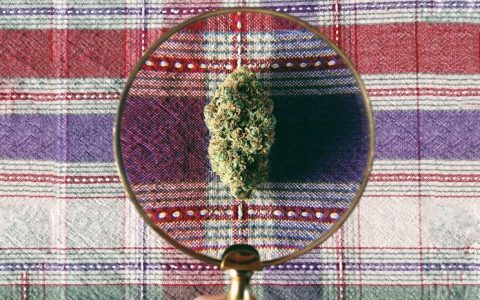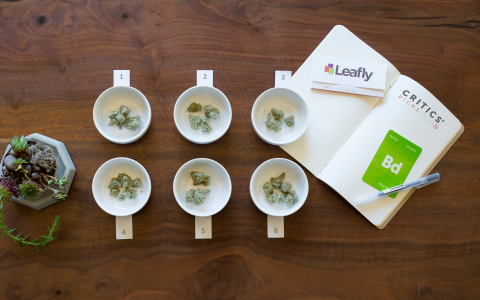The art of cannabis has come a long way from the days of the dime bag, when you had no idea where your cannabis came from, what kind of pesticides or growing methods produced it, or even what strain it was. These days, in the legal cannabis marketplace, you have your choice of the best of the best of “craft cannabis.”
What Is ‘Craft Cannabis’?
In states like Washington, Oregon, and Colorado, the craft consumer experience is taking off. Microbreweries are exploding and creating hand-crafted microbrew beers for every season and occasion. Coffee has become an artisanal experience, with careful attention paid to the slow roasting of coffee beans for the best flavor. On the culinary side of things, there has been a rise in organically produced, farm-to-table meals, and consumers are more conscious than ever about the products they choose to partake in.
These craft experiences can be made even more exceptional with the introduction of high-quality, carefully-cured craft cannabis. Craft cannabis is exactly what it sounds like: cannabis that has been lovingly crafted with the greatest of care. When paired with other craft delights, the resulting confections can elevate an already top-shelf experience. Coffee and cannabis pairings join flavor and aroma, along with heady effects, for a new and unique caffeinated experience. Wine tasting has long been an activity for the seasoned wine connoisseur, so why not pair a bold cabernet with a fruity indica like Blackberry Kush? And as long as microbrews are on the rise, a sweet spicy strain like Red Dragon pairs perfectly with a hoppy India Pale Ale.

Cannabis consumers now have the option to pick and choose not only which strains fit their preferences, but the growers they want to support and which branding appeals to them the most. Furthermore, they can research every detail before making a purchasing decision.
Factors That Contribute to the Craft Cannabis Experience

To the average cannabis consumer, the difference between hand-trimmed cannabis flowers and machine-trimmed might not mean much, but an experienced connoisseur may recognize that buds trimmed by machine lose potency, flavor, and trichomes.
There are other factors to consider as well. Growing techniques, as well as the use of organic methods as opposed to harsh chemicals, may appeal to the health-conscious cannabis consumer more than a large-scale producer relying on mechanically-operated systems and pesticides.
Craft marijuana grown without the use of pesticides requires extra care and attention, making sure that each plant does not get infected with spider mites or grow mold, which can devastate a crop. Maintaining steady temperature control, as well as other factors related to humidity and air filtration, can also significantly increase the yield and quality of a crop.
Traditionally, one of the areas commonly associated with the birth of craft cannabis is the Emerald Triangle, a forested region in California immersed in the cultivation of cannabis before legalization was but a twinkle in a legislator’s eye. True Humboldt, based in Humboldt County, produces sustainable sun-grown cannabis in the heart of cannabis country with quality, tradition, and community in mind.
As any cannabis enthusiast can tell you, not all strains are created equal. However, when it comes to carefully cultivated cannabis, a great strain can be made even better with the right growing techniques and a master cultivator.
For example, Leafly conducted an experiment last year to determine which Washington state cannabis producer had cultivated the best Blue Dream on the retail market. They’re all the same, right? Nope. Our discerning judges all concluded that one grower’s Blue Dream stood out above the rest. Artizen Cannabis, with a perfectly reasonable price point of $13.25 per gram, took top honors with universal agreement among the judges.
Marketing Craft Cannabis

A great product only goes so far, especially when it comes to legal marijuana. Craft cannabis goes all the way from seed to sale, which means marketing and packaging make as much of a difference in the end product as how the strain is grown and cultivated. However, a few extraordinary examples prove that it is possible to stay within the strict labeling and packaging regulations and still have a beautiful product.
Gold Leaf Gardens‘ exceptional packaging goes beyond the bare minimum. Packaging one’s cannabis in a glass jar is more expensive than packaging it in a sealed plastic package, but it helps the cannabis retain its shape and is more visually appealing to consumers. Gold Leaf not only packages its cannabis flowers in glass jars with cork lids, the brand also ensures the integrity of its pre-rolled joints by enclosing them in a cork-stopped glass tube, embossed with Gold Leaf Gardens’ signature gold and black label.
Although there are many people who purchase cannabis on a budget, with the plethora of options available on the retail market, it’s understandable that discerning consumers are willing to spend a bit more for a better product. And, as our Blue Dream experiment shows, the best product is not always the most expensive, and vice versa.
Remember: Craft cannabis does not necessarily require more funding to make a better product. Rather, it requires patience, care, and attention to detail.







